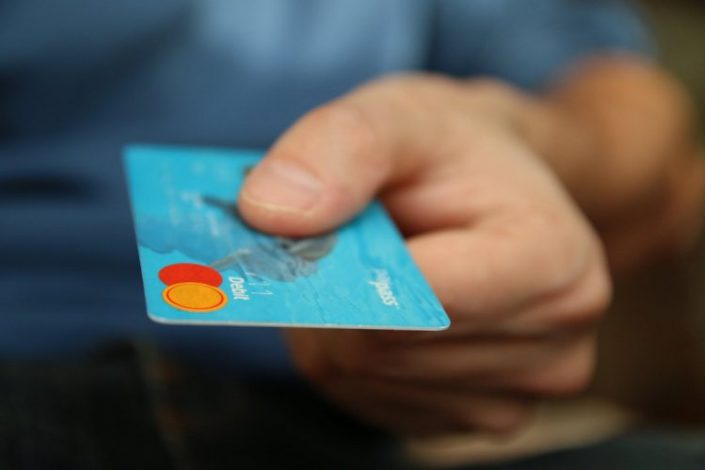Debit cards are also known as bank cards, check cards or plastic cards. A debit card can be used while making purchases and withdrawing cash at Automated Teller Machines (ATMs) or at an agent merchant point of sale (POS).
Having a debit card is an alternative to using cash when making purchases.
When using a debit card, money is immediately transferred directly from the card holder’s bank account.
The main difference between a debit card and a credit card is that for a credit card, the cardholder pays a month after the transaction.
A credit card is a short term loan or a sort of advance where you access money that is not in your bank account, then pay a certain percentage at the end of the month.
READ:
Debit card usage relies on the money in your account.
Debit cards eliminate the need to carry around cash.
A few things to note about the debit cards is that the cardholders cash is protected by a Personal Identification Number (PIN) that is a secret number, only known by the cardholder. Even with the widespread use of the debit card, cardholders especially in the rural areas are yet to embrace purchasing using their cards.
The Kenya Bankers Association (KBA) and the commercial banks are involved in public campaigns urging bank account holders using their debit cards at ATMs and at POS machines to safeguard their PINs. Scammers and thieves are known to come up with sophisticated ways to access information from debit cards that would give them access to the user’s bank accounts.
However, with awareness and vigilance, this can be curbed which would bring aboutan increased use of debit cards due to higher confidence levels. A change from magnetic strip cards to Chip-based cards to enhance safety was implemented 5 years ago.
KBA has carried out surveys in the level of usage of debit cards in the country. The surveys show that the uptake of debit cards has grown over time. However, the use of cards to make purchases is still low due to lack of information on the full value of the card, myths about the debit cards and a general fear to make purchases using debit cards.
Most non-users are not aware that the cards they hold can be used to make purchases, and usually, assume that they can only use the cards to withdraw cash at the ATMs. Some have misconceptions that shopping with cards is a lifestyle for the elite, that it is expensive or it is for ‘foreigners’.
The fear of using cards to make purchases could be attributed to mistrust in the system due to frauds or system failures which are driven by either media reports or past experience.
Some of the ways consumers can be enticed to use their cards for purchases include training staff on all the capabilities of debit cards with an emphasis on passing on such knowledge to the customer. Replacing the misconception that cards are for a certain class of people can be done by carrying out campaigns aimed at making customers comfortable at using their cards.
The different names given to debit cards usually confuse card holders – when banks call their cards ATM cards and advertise using the term Debit card, customers assume that these are two different cards.
Using neutral terms at the various customer touch points, for instance, the banking halls, POS and ATMs will go a long way to change the perception that they are different cards.
Merchants also face some challenges that prevent the adoption of POS machines at their outlets. The three major concerns include a perceived high cost of installation and charges, negative experiences with system use and lack of conviction that going cashless would help their outlets. Banks can use promotions on discounted costs to encourage more merchants to sign up and use the PDQ machines while ensuring that they get efficient and fast services when any system challenges are experienced.
Using debit cards for purchases is convenient, no risk of carrying around cash and is readily accepted in and out of the country.
Some guidelines to be noted:
- Never share your PIN with anyone
- If you lose your debit card, notify your bank for it to be blocked
- Keep your receipts
- Review your statements to make sure they tally with your card usage
Mass education is however needed, both for the cardholder and the merchant, as well as stable systems put in place to encourage more use when making purchases.




